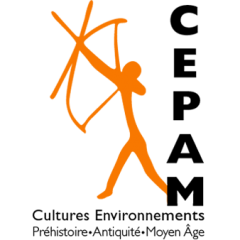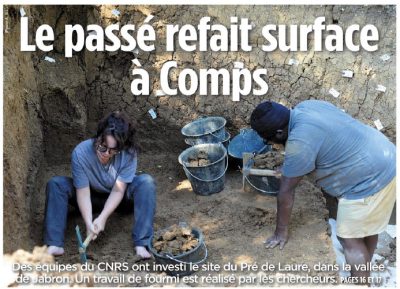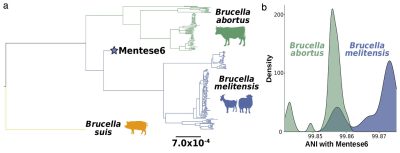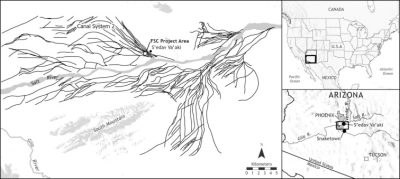Source : https://doi.org/10.1111/arcm.12869
The first attempts to identify amorphous organic substances in archaeology date to the end of the 19th century and the beginning of the 20th century. The 1960s saw the development of infrared spectrometry, and then separative and mass spectrometry analyses were implemented in the 1980s. But it is only since the 1990s that extended and systematic research programmes were devoted to these substances. The number of publications has not stopped growing and is becoming exponential. To get an overview of the lipid studies in archaeology, we conceived the ARchaeological Organic residues Literature Database (AROLD) as a first structured and collaborative research tool. This paper describes the challenges of setting up such a database, details its architecture, presents the choices involved in its implementation, and discusses the possibilities of sharing and evolving this tool.




